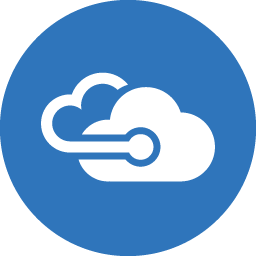 Are you interested in learning how to leverage Azure Functions to create an app that can scale to demand? In a recent webinar, Sr. BI Consultant, Joshuha Owen, discusses and demos how to build a scalable application with Azure functions and things to think about as far as scaling an application. The demo will not only walk through the process of building an application in Azure, but also how to create a Power BI report that utilizes what the application produces.
Are you interested in learning how to leverage Azure Functions to create an app that can scale to demand? In a recent webinar, Sr. BI Consultant, Joshuha Owen, discusses and demos how to build a scalable application with Azure functions and things to think about as far as scaling an application. The demo will not only walk through the process of building an application in Azure, but also how to create a Power BI report that utilizes what the application produces.
Some Azure function basics to know:
Event Driven – Azure functions are event driven; there are many triggers you can set (such as HTTP or blob triggers) that will trigger your function that you built to run.
On-Demand/Serverless – There’s actually no such thing as serverless, but in Azure, developers don’t need to manage the hardware behind it, Azure will handle the spin up for you.
Developer Facing – Azure functions are developer facing or code dependent; you need to write the code for triggers and tasks your creating.
What about Scalability?
Design Depends on the Application – Every application you create will scale differently depending on the use case of your application (a web app vs a database app, for example).
Break Work Units Into Module Pieces – This is done so that your scaling function that you do can utilize individual pieces of work and can scale different parts of your application.
Up vs Out – You can scale up for a dedicated resource to give it more processing power, RAM or IO for instance. Scale out means you’re creating more of a server resource to process your applications. In a database, for example, you may want to scale up to handle more IO, but also scale out to do more database charting.
Josh’s demo walks through the architecture and components of creating an Azure-facing video processing application that can scan videos for text and provide that information in CSV files for analysis, showing Azure’s big data capabilities. It covers the architecture, data flow, and Azure technology pieces including Azure Functions, Blob Storage, Storage Queues, Azure Data Lake Storage & Analytics, and Power BI.
Watch the full recording/demo and be sure to visit our website to view the schedule of upcoming free webinars that we offer every Tuesday at 11:00 a.m. EST. Want to learn more about Azure? Sign up for our blog and check out our Azure Every Day series, with a new blog each weekday about everything Azure!


-1.png)
Leave a comment